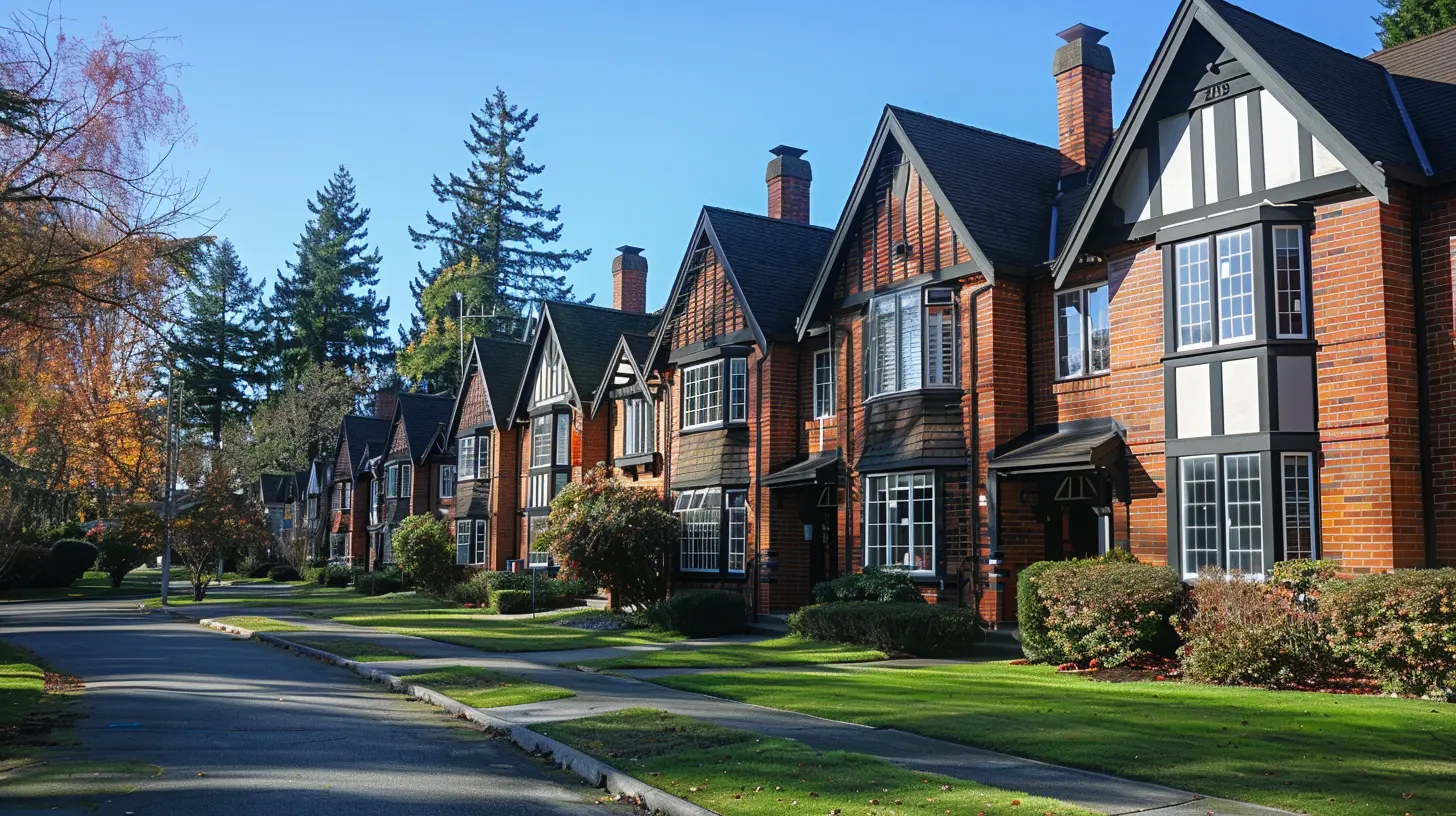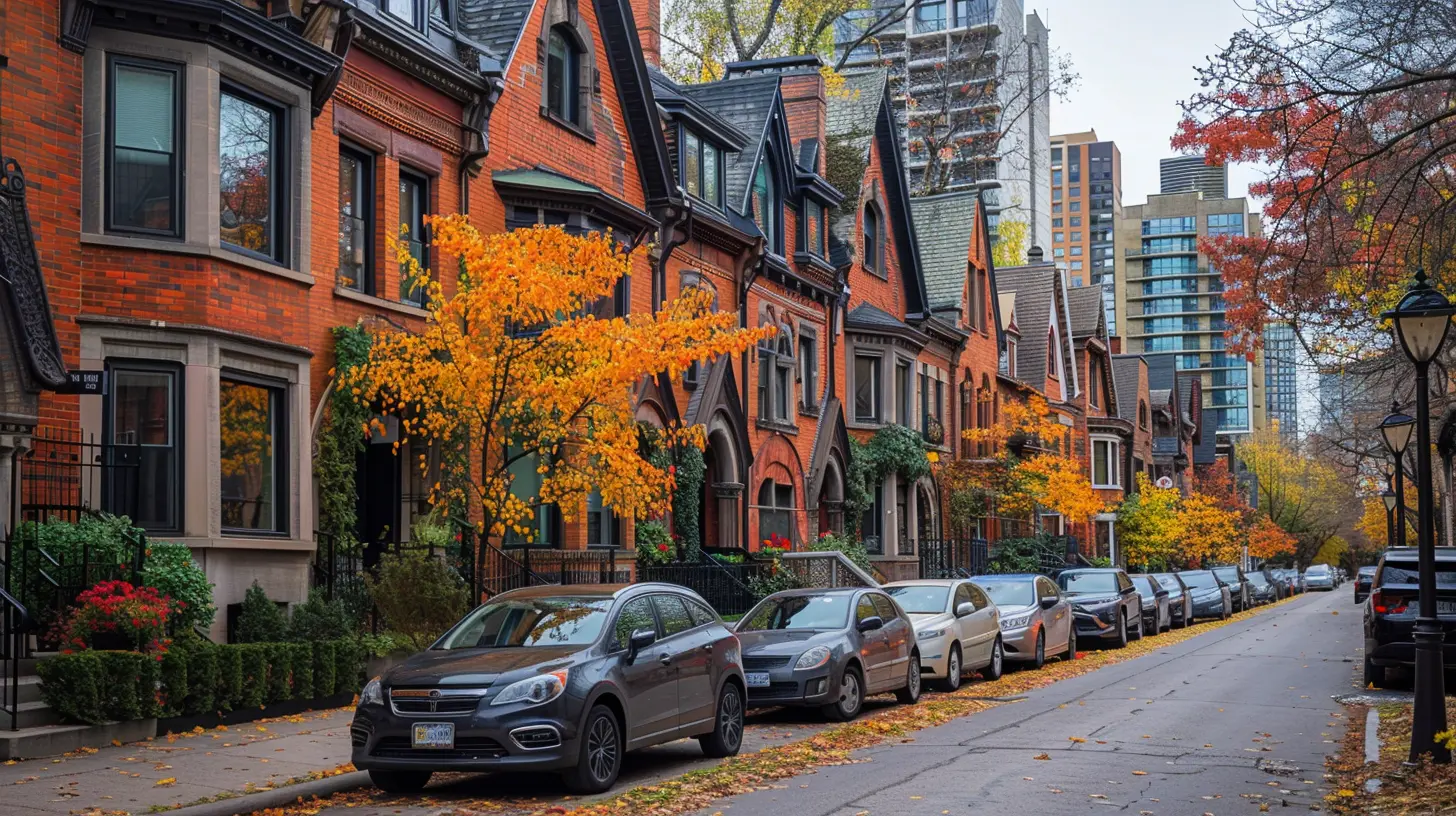Short-Term Rental Properties: Is It Still a Good Investment?
23 November 2025
Let’s be honest — the idea of owning a cozy little cabin in the mountains or a beachside condo that earns money while you sleep sounds like a dream, right? With the rise of platforms like Airbnb and Vrbo, more and more people jumped headfirst into the short-term rental game. But now, with changing regulations, market saturation, and shifting travel habits, the big question is looming: Are short-term rental properties still a good investment?
Grab a coffee, sit back, and let’s unpack this together. We’ll cover all the angles — the good, the bad, and the “maybe not so bad if you’re smart about it.”
What Exactly Are Short-Term Rental Properties?
Before we dive into the meat of the topic, let’s make sure we’re on the same page.A short-term rental (STR) is a property that’s rented out for a short period — typically anything under 30 days. These rentals are super popular with vacationers, business travelers, digital nomads, and people in between housing situations.
Think of it like this: instead of booking a hotel room, travelers book a home. More space, a kitchen to whip up breakfast, and that “home-away-from-home” vibe.
The Glory Days: Why Everyone Rushed Into Short-Term Rentals
A few years ago, it was almost a no-brainer. You buy a property, put some chic furniture in it, snap a few enticing photos, list it on Airbnb, and boom — the bookings roll in.The cash flow potential was HUGE compared to traditional long-term renting. In hot markets, owners were pulling in two to three times what they’d get from a regular tenant.
Plus, there were other juicy perks:
- Flexibility – You could block off dates for yourself or friends.
- Tax Benefits – In some cases, the IRS played nice with deductions.
- Diversification – A cool way to expand an investment portfolio.
But hold up… it’s not all sunshine and passive income.
The Tide is Turning: What’s Changed in the Short-Term Rental Market?
Over time, things started to shift. If you’re paying close attention (and you should be), you'll notice a few storm clouds in paradise.Let’s break it down.
1. Increased Regulations
Cities started cracking down hard. Why? Locals were fed up — rents were rising, neighborhoods were turning into revolving doors of tourists, and housing shortages were getting worse.Some examples:
- New York City has some of the strictest short-term rental laws — many listings now require hosts to be physically present during stays.
- Los Angeles, San Francisco, and Boston have introduced permits, registration requirements, and heavy fines.
So if you're thinking about investing, you better check the local laws first. Because these rules can completely change the game.
2. Market Saturation
Remember when STRs were the new, shiny investment? Well, a lot of people remembered. Now, some cities are bursting at the seams with listings. That means...- More competition for bookings
- Price wars between hosts
- Lower occupancy rates in some areas
In other words, making a decent profit is getting harder unless you really stand out.
3. Rising Costs
Let’s not forget inflation hammered everything — from mortgage rates to cleaning fees and even toilet paper! Plus, STRs are way more expensive to operate than long-term rentals.Think about it:
- Regular cleaning between guests
- Higher utility bills
- Furniture and decor
- Repairs (because, yes, guests tend to break stuff)
And don’t even get me started on the time it takes to manage the listing, handle guest communication, and deal with last-minute cancellations.
So… Is It Still a Good Investment?
Now we’re at the heart of it — the million-dollar question (literally, for some owners). Is investing in short-term rentals still worth it in 2024 and beyond?The answer is: It depends.
Let’s weigh the pros and cons with fresh perspective.
The Pros of Short-Term Rental Investing (If You Do It Right)
Despite the challenges, short-term rentals can still be a (very) smart move—if you know what you’re doing.1. Higher Income Potential
Even with increased competition, STRs can earn significantly more than long-term rentals in popular areas. Locations near tourist attractions, hospitals, or city centers tend to perform well year-round.2. Personal Use
Ever dreamed of a second home you can actually enjoy? With an STR, you can stay there whenever you want (assuming it’s not booked solid with paying guests).3. Tax Deductions & Depreciation
From cleaning supplies to insurance, many STR expenses may be tax deductible. Plus, depreciation can help offset taxes on rental income. Just talk to a savvy tax pro before diving in.4. More Control Over Pricing
With short-term rentals, you set the price — and you can adjust it depending on seasons, holidays, or local events. That level of control can really boost your bottom line.The Cons of Short-Term Rentals (AKA What No One Talks About)
Let’s keep it real. STRs aren’t passive income on autopilot. They can be a handful.1. Constant Management
Unless you hire a property manager (which eats into your profits), managing a short-term rental is a full-time job. Guest communication, turnovers, reviews, issues — it’s a lot.2. Unpredictable Income
Unlike traditional rentals with predictable monthly cash flow, STRs can fluctuate wildly. Shoulder seasons and off-peak travel can leave your place empty.Got a mortgage to pay? That could be scary.
3. Regulatory Risk
As mentioned earlier, the rules are changing fast. A city-friendly to STRs today might introduce bans tomorrow. That’s a big risk.4. Damage and Liability
Guests aren’t always careful. Even with security deposits, you might deal with broken items, noise complaints, or worse — legal issues. Business insurance is a must.How to Make Short-Term Rentals Work in 2024
If you’re still reading and thinking, “Okay, I’m intrigued… tell me how to win at this,” — good news! There are smart ways to succeed, even in today’s cautious climate.Here’s your roadmap.
1. Pick the Right Location
Research is everything.Look for:
- Year-round demand
- Business centers or tourism hot spots
- Friendly regulations
- Low competition/high occupancy areas
Also, places with colleges, hospitals, or sports arenas can be goldmines.
2. Run the Numbers Like a Pro
Don't guess. Use tools like AirDNA or Mashvisor to analyze potential properties. Know your:- Average daily rate (ADR)
- Occupancy rate
- Cleaning and maintenance costs
- Property management fees
Calculate your break-even point and return on investment (ROI). If the math doesn’t work, walk away.
3. Design for Instagram & Reviews
Let’s be honest — people book with their eyes. A unique, beautifully styled space gets more attention and better reviews. Add small touches like smart locks, local coffee, quirky decor, and clear instructions.Exceptional guest experience = repeat bookings + five-star ratings.
4. Automate Where You Can
Use software to handle bookings, messaging, and calendar syncing. Automate check-ins with smart locks and detailed welcome packets.It’ll save you hours and headaches.
5. Have a Backup Plan
Smart investors always have Plan B. If your STR market changes or bookings slow down, could you pivot to a long-term rental or mid-term (30+ day) tenant?If not, you’re walking on thin ice.
Long-Term Rentals vs. Short-Term Rentals: Which Is the Better Play?
You might be wondering — should I just stick to traditional rentals?Look, long-term rentals are great for steady income and low effort. You get one tenant, one lease, and minimal turnover.
On the flip side, short-term rentals can offer bigger profits, flexibility, and some fun — but they come with more risk and work.
The best strategy might be a mix of both in your portfolio.
Or, if you’re just starting out, test the waters with one property before scaling.
Final Thoughts: Is It Still Worth It?
Here’s the takeaway: short-term rental properties can still be a fantastic investment — but not blindly.It’s not the same easy money it was a few years ago. Today, you gotta be sharper, more strategic, and ready to hustle.
But if you play your cards right? That little cabin in the woods or urban loft could still bring in steady cash — and maybe some fun getaways for you, too.
So, is it still a good investment?
Yes — but only if you treat it like a business, not a side hustle.
Got questions? Thinking about buying your first STR? Let’s talk in the comments.
all images in this post were generated using AI tools
Category:
Real Estate InvestingAuthor:

Angelica Montgomery

